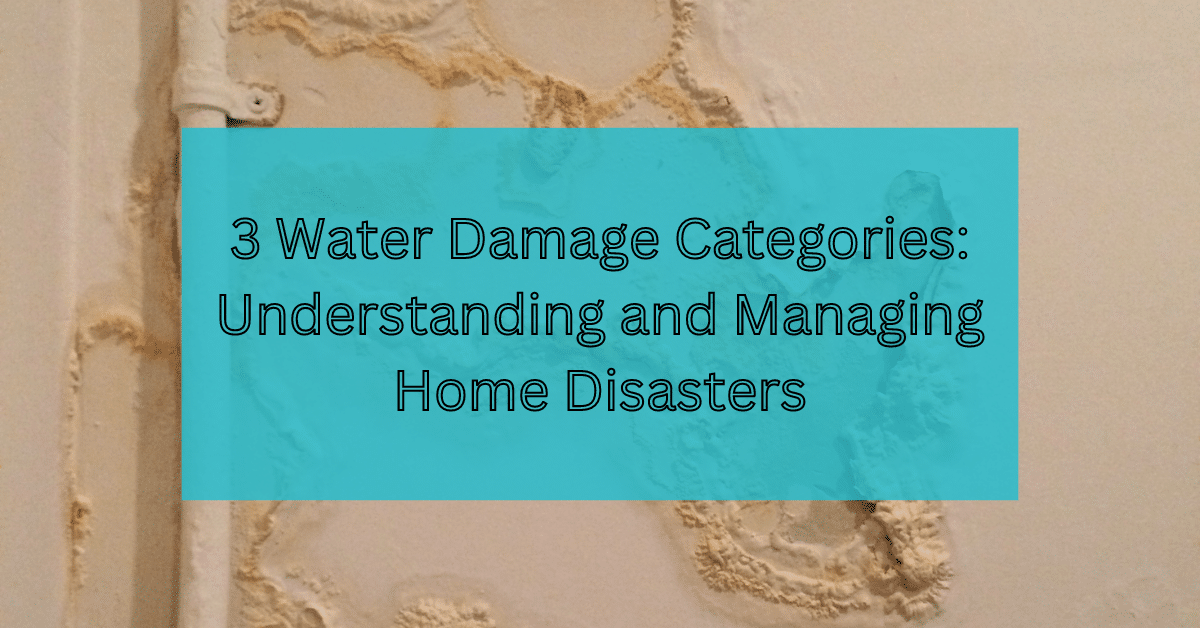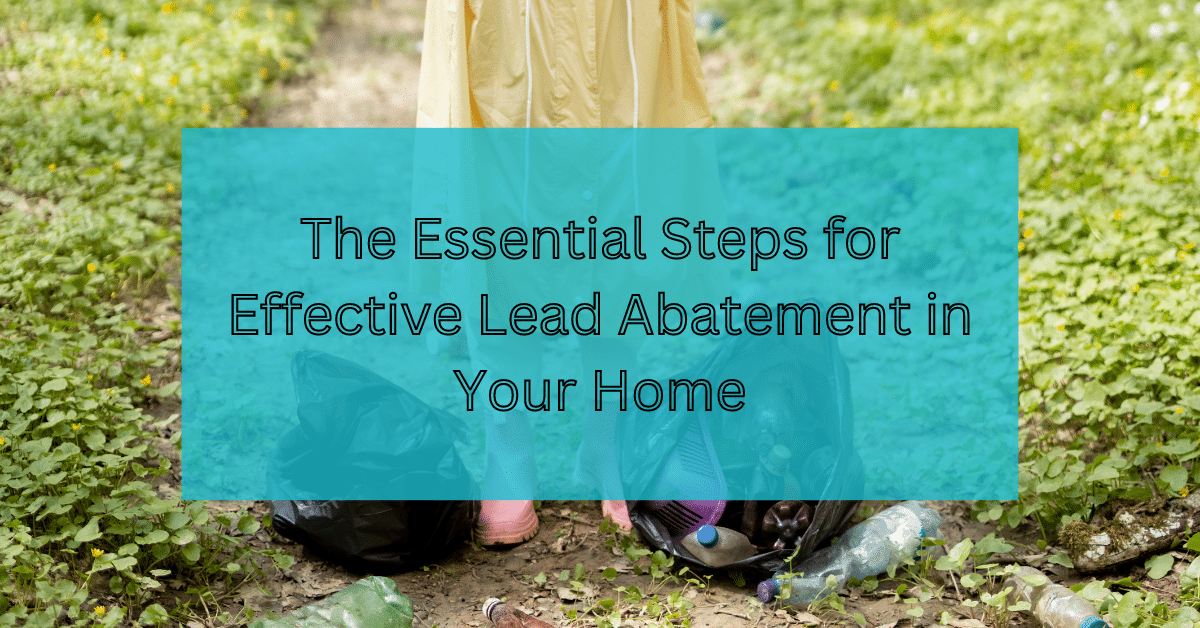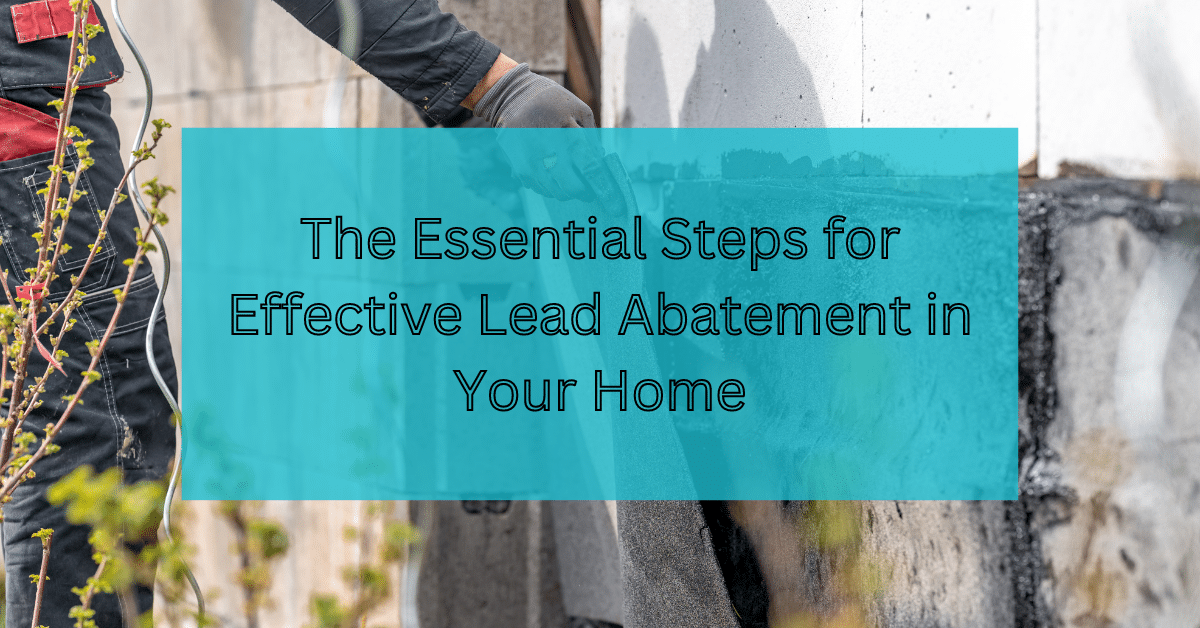Addressing sewage damage promptly and effectively is crucial for maintaining a healthy and safe living environment. Sewage damage can occur due to various reasons, such as floods, pipe bursts, or sewage backups, and it poses significant health risks due to the contaminants it carries. This guide aims to provide comprehensive insights into the health risks associated with sewage damage and outlines essential steps for effective cleanup and prevention. Understanding these aspects is vital for homeowners, business owners, and anyone who may face sewage damage in their premises.
Understanding the Health Risks of Sewage Damage
Sewage damage is not just an unpleasant inconvenience; it is a serious health hazard. Raw sewage contains a range of harmful pathogens, including bacteria, viruses, and parasites that can cause illnesses such as hepatitis, gastroenteritis, and skin infections. The presence of organic matter and nutrients in sewage can also promote the rapid growth of mold, which poses additional health risks, especially for individuals with respiratory issues.
Immediate exposure to sewage can result in skin rashes, infections, and more severe health conditions if contaminants are ingested or come into contact with open wounds. Moreover, the dampness and humidity created by sewage leaks can exacerbate allergies and asthma. It is therefore crucial to recognize these risks and take swift action to mitigate them.
Uncovering the Hidden Dangers: The Health Impacts of Prolonged Exposure to Sewage Damage
Prolonged exposure to sewage damage significantly increases the risk of airborne diseases. As sewage dries, it can release harmful microorganisms into the air, making them easy to inhale. This can lead to respiratory infections and other airborne diseases. Additionally, sewage can contain toxic chemicals and pollutants that originate from household or industrial waste. These chemicals, when in contact with the skin or inhaled, can lead to a variety of health issues, including allergic reactions, headaches, and more serious conditions like liver and kidney damage. Pregnant women, children, the elderly, and those with compromised immune systems are particularly vulnerable to these hazards. Therefore, it is essential to address sewage damage not only as a structural problem but also as a significant public health concern. Professional assessment and remediation are often necessary to ensure that all health risks are adequately identified and mitigated, ensuring the safety and well-being of all occupants.
Steps for Safe and Effective Sewage Cleanup
Cleaning up after sewage damage is a task that requires careful planning and execution. The first step is to ensure personal safety by wearing protective gear, including gloves, masks, and waterproof clothing. It is often advisable to evacuate the affected area, especially for vulnerable individuals such as children, the elderly, and those with compromised immune systems.
The cleanup process involves several key steps:
- Removal of Sewage and Water: This should be done using appropriate equipment like pumps and wet vacuums. It’s important to dispose of the sewage safely, following local regulations.
- Cleaning and Sanitizing: After removing the sewage, all affected surfaces must be thoroughly cleaned and sanitized to eliminate pathogens. This includes floors, walls, and any personal items that came into contact with the sewage.
- Drying and Dehumidifying: Proper drying is essential to prevent mold growth. Use dehumidifiers and fans to dry out the affected area completely.
- Restoration: In some cases, sewage damage may necessitate structural repairs, such as replacing drywall, flooring, or electrical systems.
Preventing Future Sewage Damage: Tips and Strategies
Preventing sewage damage is key to avoiding the associated health risks and cleanup challenges. Regular maintenance of sewage and plumbing systems is crucial. This includes inspecting pipes for cracks or leaks, ensuring proper functioning of backflow valves, and avoiding the disposal of inappropriate items down the drain that can cause blockages.
Being aware of the early signs of sewage problems, such as slow drains, unpleasant odors, or unusual noises in the plumbing system, can help in taking timely action. In flood-prone areas, installing a sump pump or backwater valve can significantly reduce the risk of sewage backups.
Homeowners should also consider professional inspections and maintenance, especially if the property has an aging sewage system. This proactive approach can identify potential issues before they escalate into major problems.
Conclusion
Addressing sewage damage effectively is vital for health and safety. Understanding the risks, taking immediate action, and implementing preventive measures can significantly mitigate the impact of sewage damage. Always prioritize safety and consider professional assistance for effective cleanup and restoration. Remember, a proactive approach is the best defense against the challenges posed by sewage damage.



